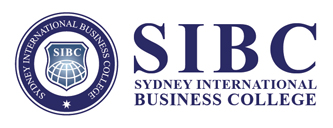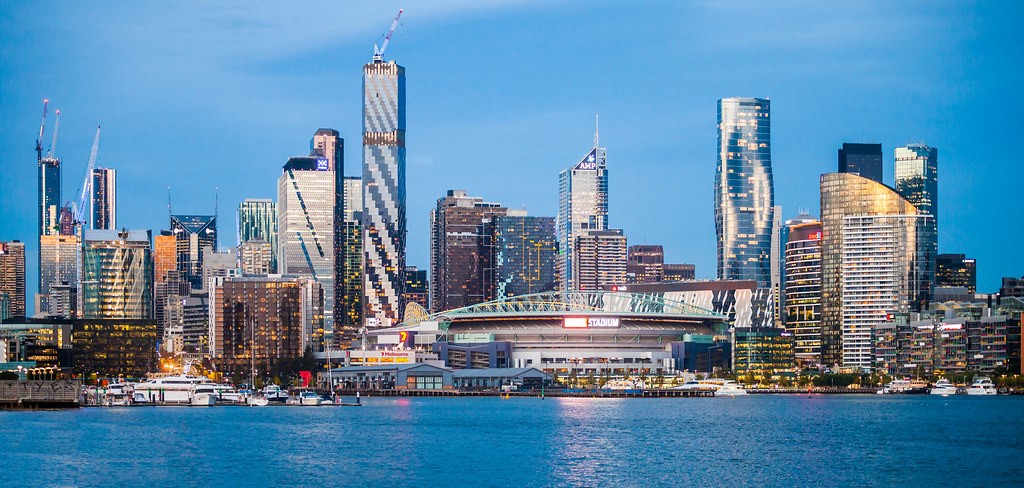About Australia
Living in Melbourne
Up-to-date and more detailed information about overseas students studying and living in Australia is available at the following website https://liveinmelbourne.vic.gov.au/. This website is established and maintained by the Victorian government.
Hugging the tip of Australia’s east coast, Victoria is Australia’s second-smallest state, covering 227,600 square kilometres – roughly the size of the British Isles.
A wealth of diverse regions and attractions are packed into this compact area, with sweeping coastlines, pristine beaches and national parks and forests teeming with wildlife, plus wineries, lakes and mountains offering skiing, climbing and hiking. Best of all, many of Victoria’s unique and varied landscapes are easily reached as day trips from Melbourne.
Victoria’s capital, Melbourne, sits on the banks of the Yarra River and around the shores of Port Phillip Bay. Melbourne boasts a packed program of festivals and events, Australia’s best and most stylish shopping, has a lively passion for eating and drinking, and supports a flourishing arts scene.
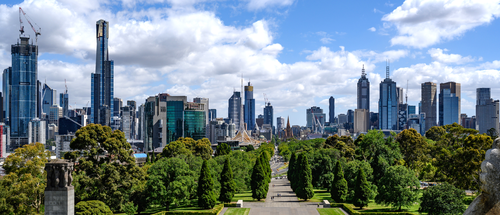
Melbourne
Melbourne is the capital and most populous city of the Australian state of Victoria, and the second-most populous city in both Australia and Oceania. Its name generally refers to a 9,993 km2 (3,858 sq mi) metropolitan area known as Greater Melbourne, comprising an urban agglomeration of 31 local municipalities, although the name is also used specifically for the local municipality of City of Melbourne based around its central business area.
The metropolis occupies much of the northern and eastern coastlines of Port Phillip Bay and spreads into the Mornington Peninsula, part of West Gippsland, as well as the hinterlands towards the Yarra Valley, the Dandenong and Macedon Ranges. It has a population over 5 million (19% of the population of Australia, as per 2021 census), mostly residing to the east side of the city centre, and its inhabitants are commonly referred to as “Melburnians”.
Climate
Despite the small size, Victoria’s climate varies across the state. The north has much drier and warmer weather than the south. Australia’s seasons are the reverse of those in the northern hemisphere. The climate is warm to hot in summer (December to February), mild in autumn (March to May), crisp in winter (June to August), and cool in spring (September to November). More detalis: https://www.australia.com/en/facts-and-planning/weather-in-australia/melbourne-weather.html
Some of its climatic averages:
Mean summer maximum temperature – 27.0°C
Mean summer minimum temperature – 4.2°C
Mean winter maximum temperature – 13.4°C
Mean winter minimum temperature – 5.8°C
Mean annual rainfall – 628mm
Wettest month on average – October, 63mm
Driest month on average – February, 40mm
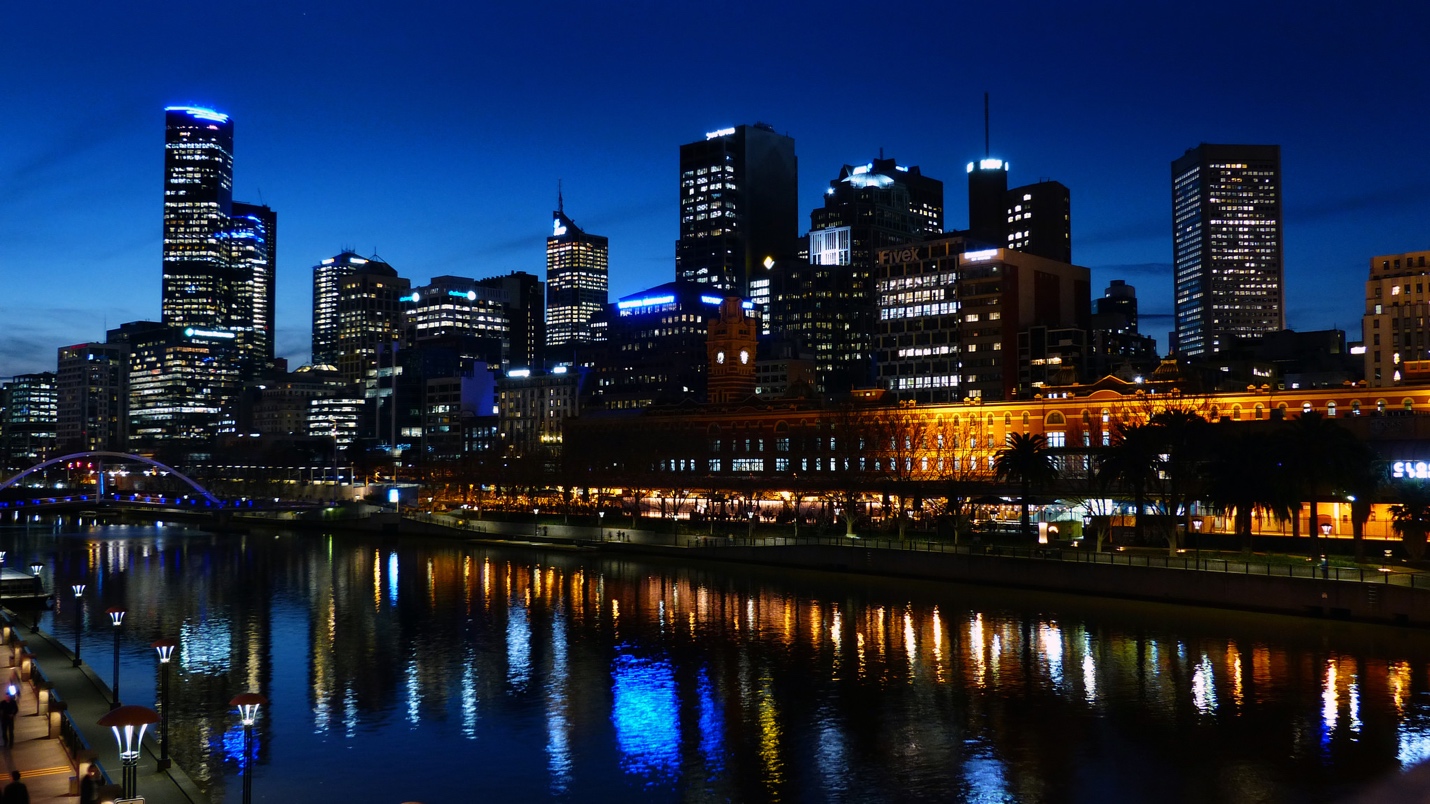
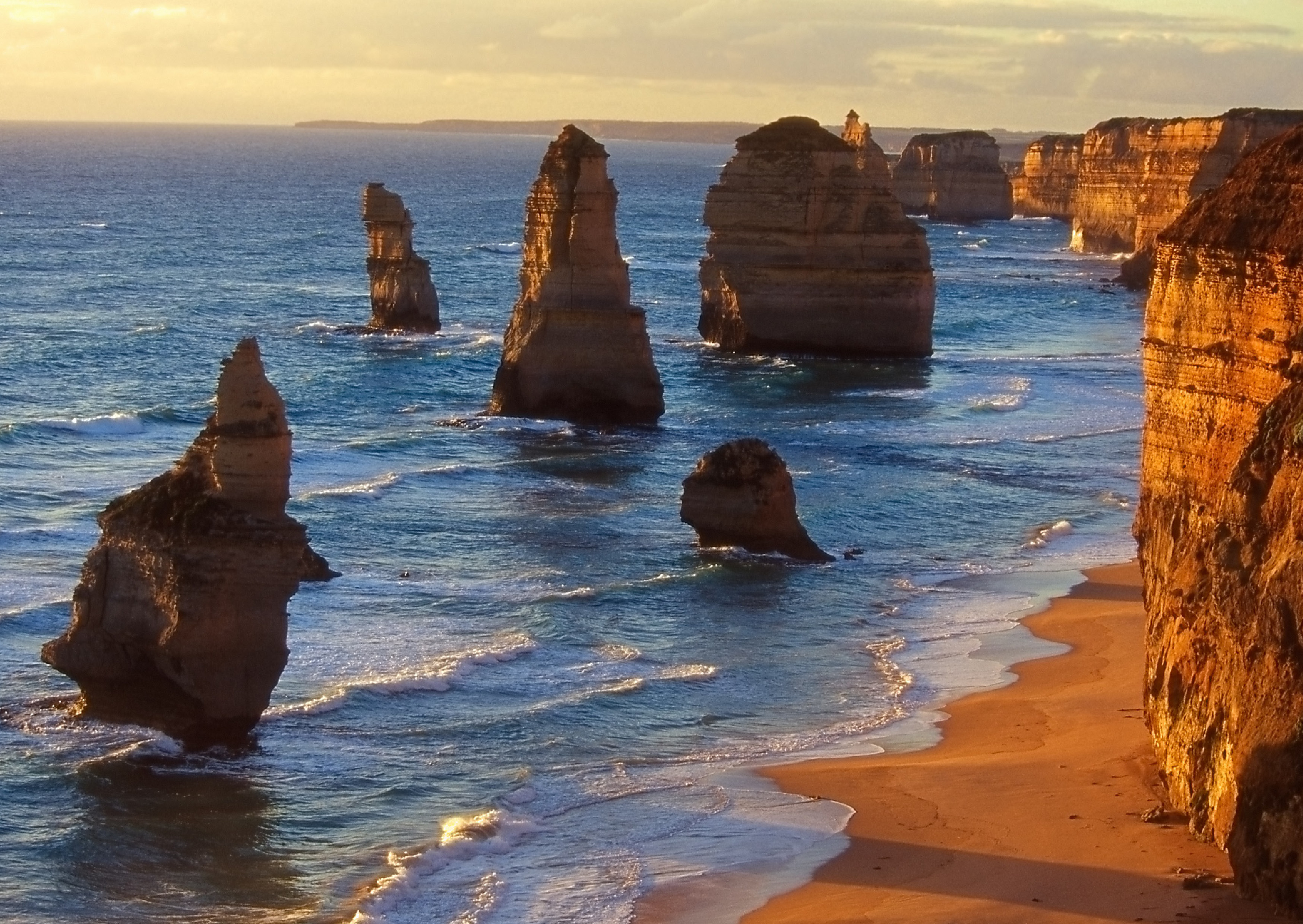
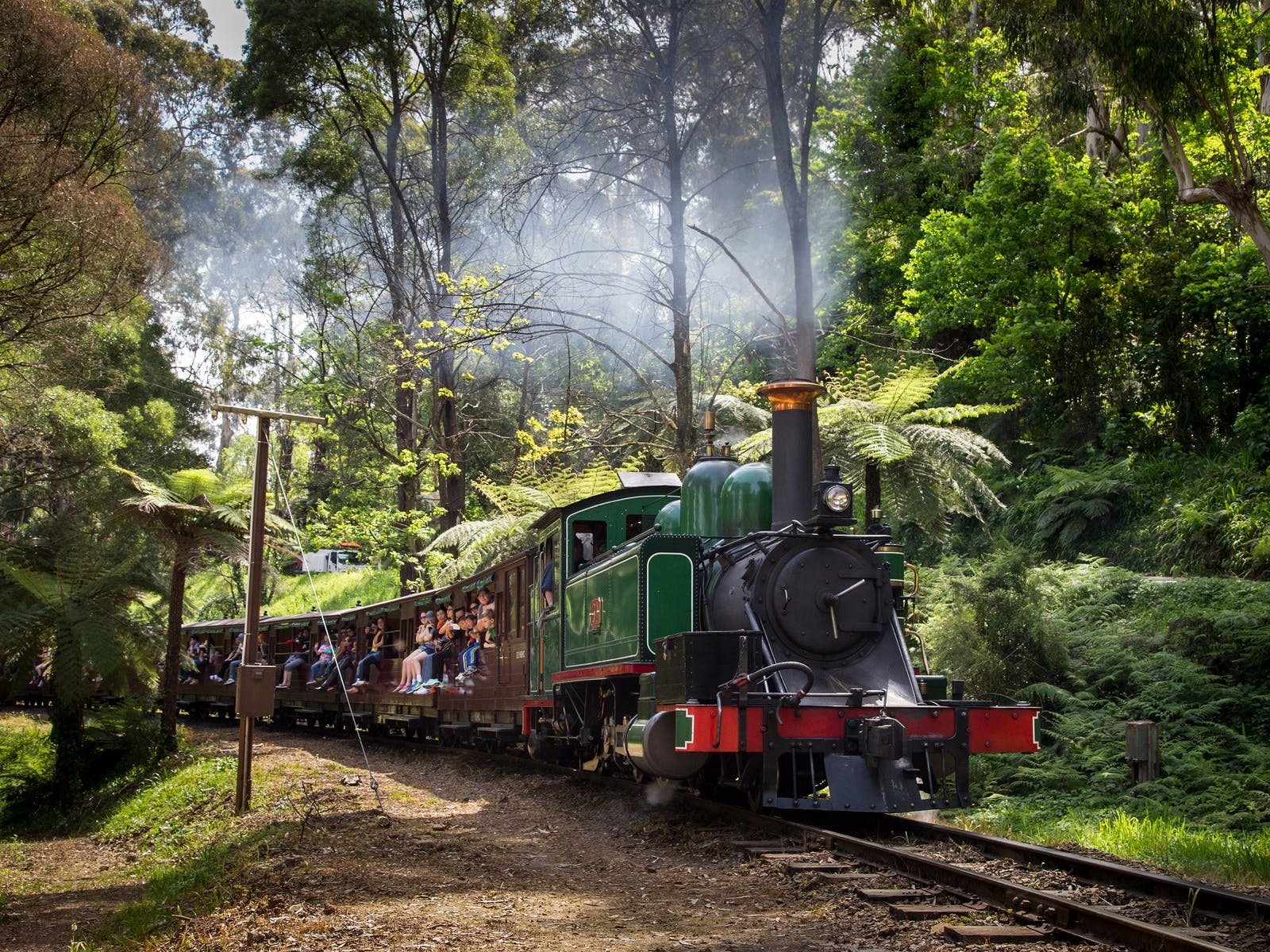
Study in Melbourne
Melbourne has been recognised as Australia’s best student city and one of the best student cities globally in the QS Best Student Cities Ranking for 2023.
Melbourne scored 2nd in the world for Student Mix with a score of 98.9 and 3rd in the world for Student View with a score of 97.8.
The Economist Intelligence Unit (EIU) assessed more than 170 cities across categories such as stability, health care, culture, environment, education and infrastructure.
Melbourne achieved a perfect score for education (100/100) and infrastructure (100/100). It also scored highly for Culture and Environment (98.6/100) and Stability (95/100).
When you study in Melbourne, you’ll be living in a safe and vibrant city that offers world-class study options, services and career building programs.
More detalis: https://www.studymelbourne.vic.gov.au/choose-melbourne/australias-best-student-city
Food
Eat and drink your way through Victoria, from the renowned wineries of the Mornington Peninsula and Yarra Valley to Melbourne’s pop-up restaurants and the Murray’s scenic riverside eateries. Tantalise the senses at inner city pubs, laneway restaurants, hatted dining rooms and homely country hotels. And wash it all down with a pint from a rustic craft brewery.
Stake out the city to find everything from Mexicana, Spanish tapas and Chinatown delights to coffee dens, rooftop bars and modern Indian cuisine. Chat with locals over beers and a steak at an inner city pub, settle in for an indulgent eight course degustation menu, or choose a direction and hit the road for a weekend of indulgence.
Visit as many of Victoria’s myriad wineries and farm gates as you can. Roll up and sample local produce and fine wines – straight from the producers. From cool climate varietals and rosés to full bodied reds, Victoria is rich with independent wineries producing a diverse range of wines.
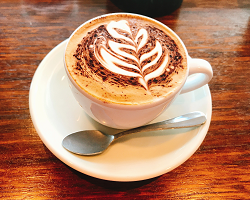
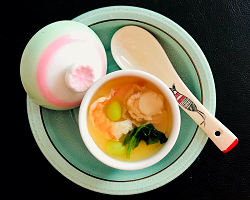
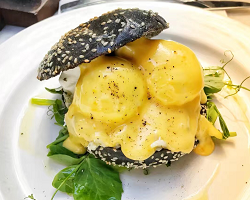
Transport
Trams
Melbourne’s tram network dates from the 1880s land boom and, as of 2021, consists of 250 km (155.3 mi) of double track, 475 trams, 25 routes, and 1,763 tram stops, making it the largest in the world.In 2017–2018, 206.3 million passenger trips were made by tram. Around 75 per cent of Melbourne’s tram network shares road space with other vehicles, while the rest of the network is separated or are light rail routes. Melbourne’s trams are recognised as iconic cultural assets and a tourist attraction. Heritage trams operate on the free City Circle route around the CBD. Trams are free within the central city Free Tram Zone and run 24-hours on weekends.
Bus
Main article: Buses in Melbourne
Melbourne’s bus network consists of more than 400 routes which mainly service the outer suburbs and fill the gaps in the network between rail and tram services. 127.6 million passenger trips were recorded on Melbourne’s buses in 2013–2014, an increase of 10.2 percent on the previous year.
Train
The Melbourne metropolitan rail network dates back to the 1850s gold rush era, and today consists of 222 suburban stations on 16 lines which radiate from the City Loop, a mostly-underground subway system around the CBD. Flinders Street station, one of Australia’s busiest rail hubs, serves the entire network, and remains a prominent Melbourne landmark and meeting place.The city has rail connections with regional Victorian cities run by V/Line, as well as direct interstate rail services which depart from Melbourne’s other major rail terminus, Southern Cross station, in Docklands. The Overland to Adelaide departs twice a week, while the XPT to Sydney departs twice daily. In the 2017–2018 financial year, the Melbourne metropolitan rail network recorded 240.9 million passenger trips, the highest ridership in its history. Many rail lines, along with dedicated lines and rail yards, are also used for freight.
For more public transport information, please visit https://www.ptv.vic.gov.au/
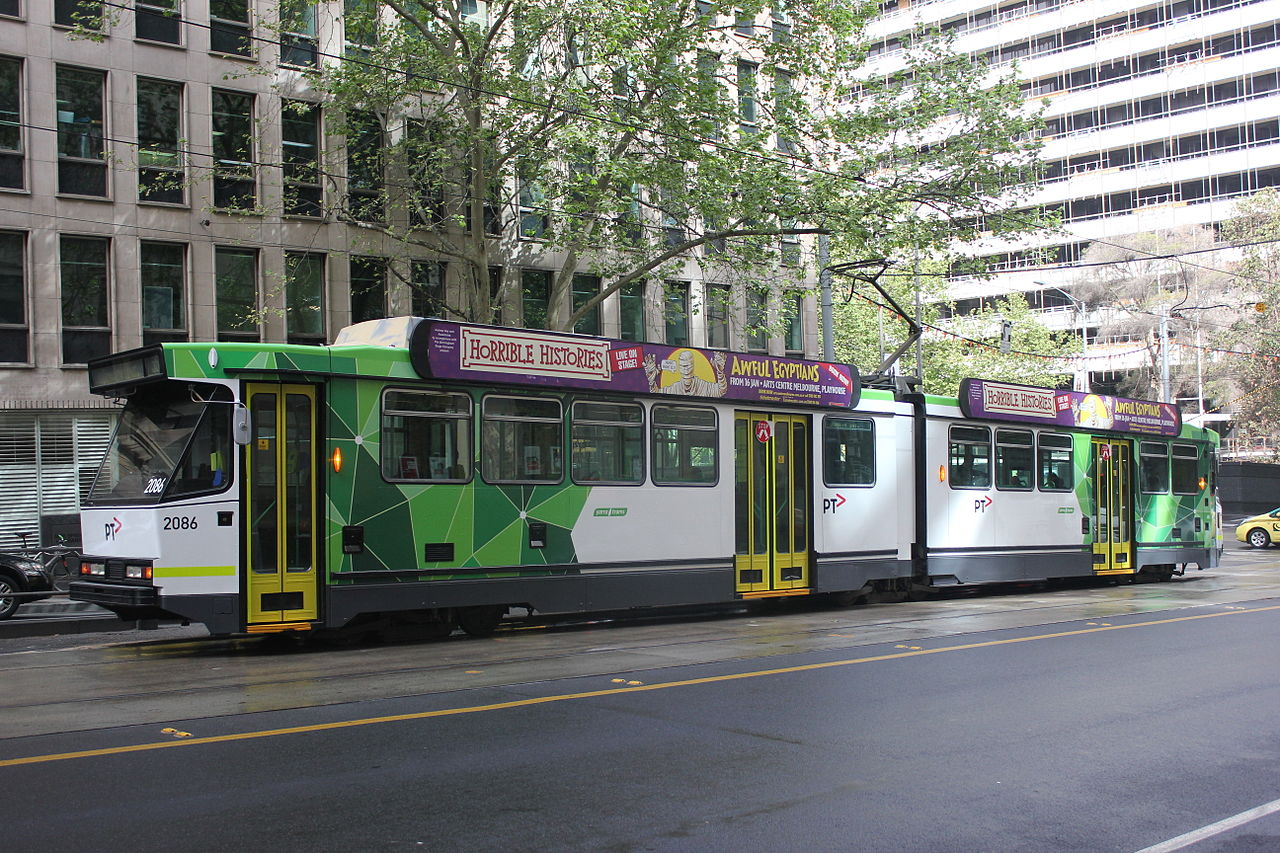
Melbourne Trams
Sports
Melbourne has long been regarded as Australia’s sporting capital due to the role it has played in the development of Australian sport, the range and quality of its sporting events and venues, and its high rates of spectatorship and participation. The city is also home to 27 professional sports teams competing at the national level, the most of any Australian city. Melbourne’s sporting reputation was recognised in 2016 when, after being ranked as the world’s top sports city three times biennially, the Ultimate Sports City Awards in Switzerland named it ‘Sports City of the Decade’.
The city has hosted a number of major international sporting events, most notably the 1956 Summer Olympics, the first Olympic Games held outside Europe and the United States. Melbourne also hosted the 2006 Commonwealth Games, will host the 2026 Commonwealth Games along with a number a number of regional areas of Victoria, and is home to several major annual international events, including the Australian Open, the first of the four Grand Slam tennis tournaments. First held in 1861 and declared a public holiday for all Melburnians in 1873, the Melbourne Cup is the world’s richest handicap horse race, and is known as “the race that stops a nation”. The Formula One Australian Grand Prix has been held at the Albert Park Circuit since 1996.
Cricket was one of the first sports to become organised in Melbourne with the Melbourne Cricket Club forming within three years of settlement. The club manages one of the world’s largest stadiums, the 100,000 capacity Melbourne Cricket Ground (MCG).Established in 1853, the MCG is notable for hosting the first Test match and the first One Day International, played between Australia and England in 1877 and 1971, respectively. It is also the home of the National Sports Museum, and serves as the home ground of the Victoria cricket team. At Twenty20 level, the Melbourne Stars and Melbourne Renegades compete in the Big Bash League.
Australian rules football, Australia’s most popular spectator sport, traces its origins to matches played in parklands next to the MCG in 1858. Its first laws were codified the following year by the Melbourne Football Club, also a founding member, in 1896, of the Australian Football League (AFL), the sport’s elite professional competition. Headquartered at Docklands Stadium, the AFL fields a further eight Melbourne-based clubs: Carlton, Collingwood, Essendon, Hawthorn, North Melbourne, Richmond, St Kilda, and the Western Bulldogs. The city hosts up to five AFL matches per round during the home and away season, attracting an average of 40,000 spectators per game. The AFL Grand Final, traditionally held at the MCG, is the highest attended club championship event in the world.
In soccer, Melbourne is represented in the A-League by Melbourne Victory, Melbourne City FC and Western United FC. The rugby league team Melbourne Storm plays in the National Rugby League, and in rugby union, the Melbourne Rebels and Melbourne Rising compete in the Super Rugby and National Rugby Championship competitions, respectively. North American sports have also gained popularity in Melbourne: basketball sides South East Melbourne Phoenix and Melbourne United play in the NBL; Melbourne Ice and Melbourne Mustangs play in the Australian Ice Hockey League; and Melbourne Aces plays in the Australian Baseball League. Rowing also forms part of Melbourne’s sporting identity, with a number of clubs located on the Yarra River, out of which many Australian Olympians trained.



Victoria welcomes overseas students
Every international student has access to a full range of support services including contact with dedicated student advisors and free English language support. Victoria’s friendly and safe reputation is important to us. Our programs are well resourced with dedicated teachers to uphold our reputation of being safe and supportive.

Why Choose Melbourne
Victoria is proud of its excellence in education and teaching, with a curriculum focussed on preparing students for success in higher education. Our program is focussed on building academic strengths as well as personal development, critical thinking, creative thinking and developing communication capabilities.
The high proportion of international students from all over the world in Victorian classes equals an excellent opportunity to build your English language skills and make friends with both Australian local students and students from all over the world.
More details: https://liveinmelbourne.vic.gov.au
